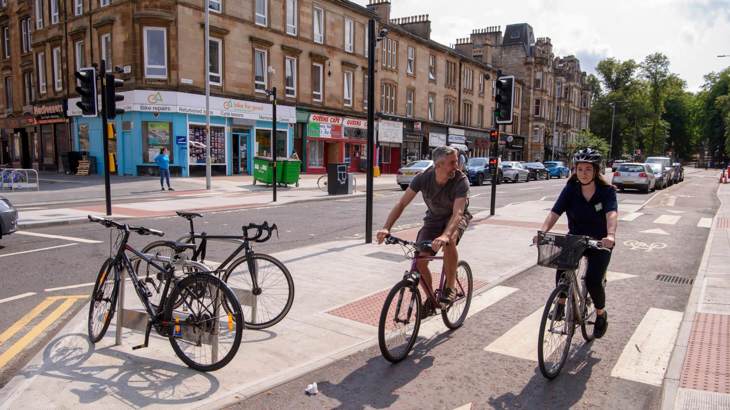Talk about the future of our high streets and it will inevitably lead to a passionate debate. Be they urban or rural, it seems everyone is united in concern that our high streets are no longer the bustling, thriving, community centres they once were.

We lament the loss of the butcher, or the baker – or indeed the key chain store that once was the anchor tenants for drawing people in.
People – rightly – feel that the decline of our high streets is a concern, and there are plenty of good ideas for what can be done to revitalise them. It doesn’t take long for parking – and in particular ‘free’ parking – to be suggested as a potential panacea.
In line with this tradition, a recent Welsh Assembly debate saw ‘free parking’ hailed as the saviour of Llanelli at Christmas time. This was followed the next week by news that the Welsh Government is reviewing the impact of car parking charges on town centres.
In both cases, the assumption that free parking was positive for the local high street went unchallenged – but we would question whether that really is the case.
In fact, much of the evidence suggests that it is people, rather than cars, we need to put at the heart of our high street.
A London Councils report has shown that more and cheaper parking does not guarantee greater commercial success, and offering parking for ‘free’ actually means the costs fall elsewhere, usually on the local council.
Shop owners, many of whom lead the charge for free parking, regularly overestimate the number of their customers arriving by car. Our own work in Bristol highlighted how shop owners overestimated the importance of car-borne trade by 100%.
This is backed up by the London Councils report, which evidences that pedestrians and cyclists return more often to high street shops and spend more money over time than customers arriving by car. Living Streets recent ‘Pedestrian Pound’ report concluded that making places better for walking could boost trade by 40%.
Similar results have been found outside the UK. In New York, new bike lanes (and the removal of some parking) boosted trade on 8th Avenue compared to other areas in the city.
A Transport for London study into high streets showed 21% of shoppers felt town centres would be improved by less traffic: the other most popular suggestions were a greater variety of shops and cleaner streets.
Having unlimited free parking can actually hurt high streets by attracting people who are making other trips to park there all day – perhaps to commute within a walking distance of their workplace. This means retail customers needing to arrive by car can’t find a space.
An innovative approach used in San Francisco has demand sensitive charging where the parking price changes depending on how many spaces are filled, ensuring turnover of customers at busy times. That, coupled with pedestrian improvements to the urban environment such as parklets, is having a real impact on the vibrancy of local retail districts. Parklets have been trialled by us in Birmingham, with positive feedback.
Wales is a diverse country – what will be right for suburban high streets will not necessarily be right for rural market towns. Evidence from throughout the world is available for what does work, and it doesn’t point towards a solution of cheaper car parking as being the way to make our high streets a success again.

